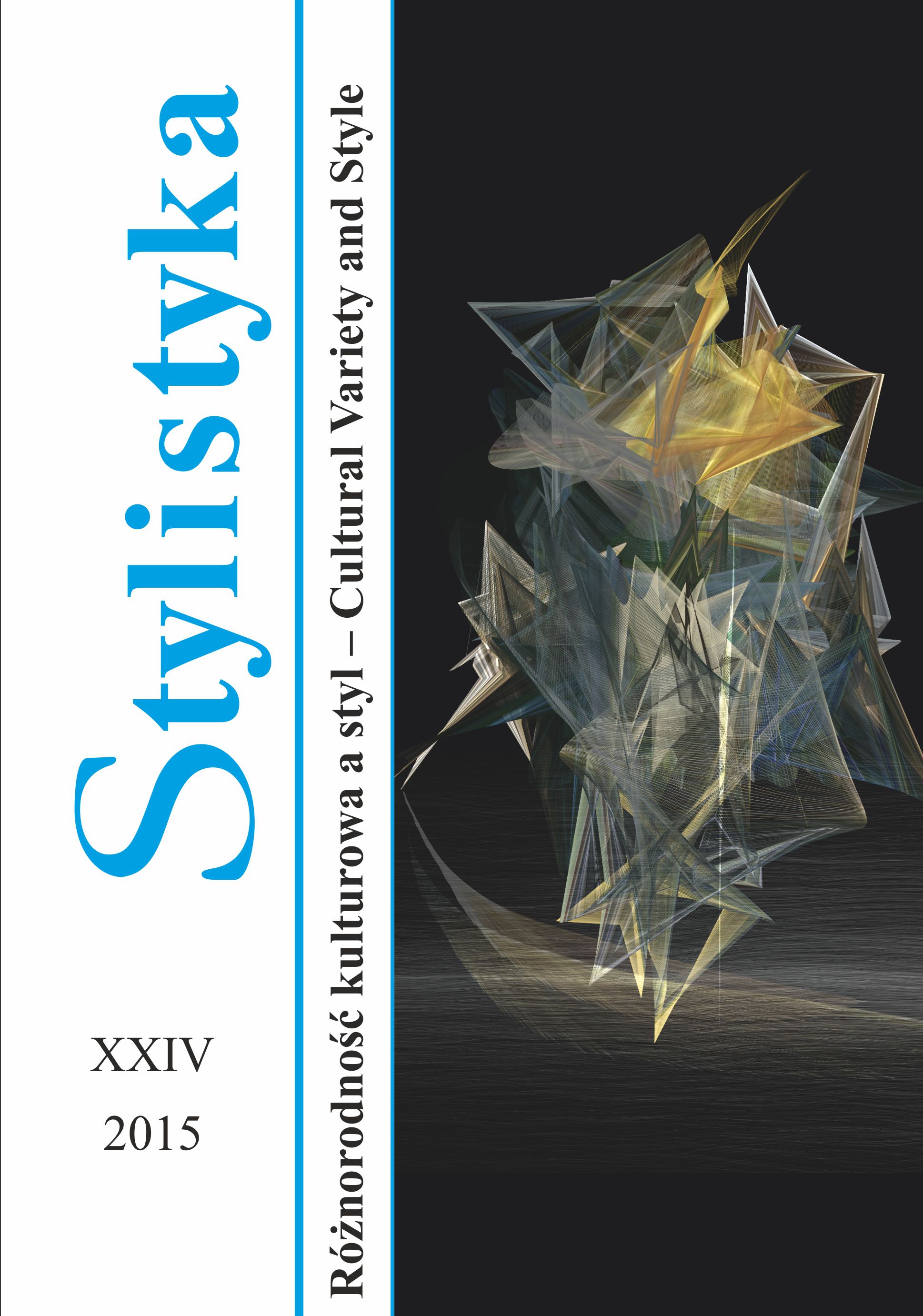UKRAINA I KOZACY W POETYCKIEJ REMINISCENCJI POLSKIEGO ROMANTYKA. O STYLU DUMEK HISTORYCZNYCH BOHDANA ZALESKIEGO
Ukraine and Cossacks in a poetic reminiscence of a Polish romantic. The style of historical dumkas of Bohdan Zaleski
Author(s): Cezary PiątkowskiSubject(s): Language and Literature Studies, Studies of Literature
Published by: Uniwersytet Opolski
Keywords: the semiotic-cultural notion of style; the principle of relativity of literary style style exponent; local characteristics; historical characteristics; the Ukrainian school in Polish romantic poetry
Summary/Abstract: The article presents remarks on the style of historical dumkas of Bohdan Zaleski, who was one of the main representatives of the so-called Ukrainian school in Polish romantic poetry. The following three texts, representative of the pre-emigration period in the life of the poet (ending in 1830), form a basis for our analysis: Co mi tam! czyli Poranek starego myoeliwca, Dumka hetmana Kosiñskiego and Dumka Mazepy. The following can be concluded after the performed analysis (taking into account e.g. the semiotic-cultural notion of style): 1. The leading influence in these works in terms of style is the romantic principle of relativity, stating that the style of literary work should depend on such factors as a particular time, place and environment (with particular culture and mentality), determining the choice of language and style in the analysed dumkas. The poet, using imaginative style, paints the couleur of the Ukrainian Arcadia – allowing the reader to become more familiar with the local and historical characteristics of the land of the childhood and painting the figures of Cossacks that are vivid, full of temperament, dashing and endearing to the reader. 2. The care for an appropriate rendition of the characteristic of the region, time and environment does not, however, mean that the author falls into mannerism, vagueness or uses too exotic vocabulary. Zaleski tries to use, without overdoing it, only those Ukrainisms, orientalisms and archaic words that could have been known to the nineteenth century readers from their previous acquaintance with the literature from the previous eras. Moreover, some of the words or phrases used in the dumkas are commented by the author so that to aid in the understanding of the texts. 3. Owing to the choice of exponents coming not from the highest registers but from vernacular, the poet emphasises the emotional and sometimes jocular tone of the characters, making the style natural and simple.
Journal: Stylistyka
- Issue Year: 2015
- Issue No: XXIV
- Page Range: 209-227
- Page Count: 19
- Language: Polish

